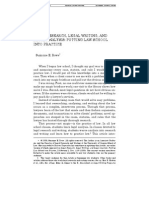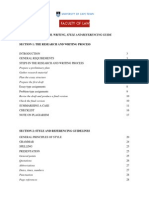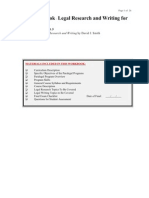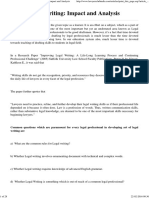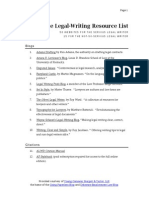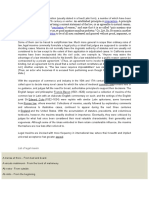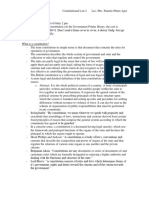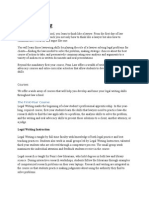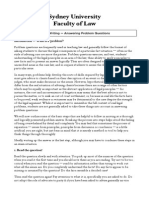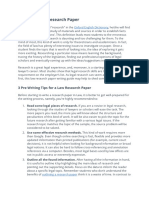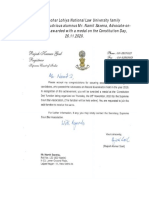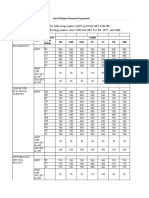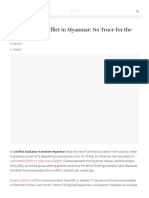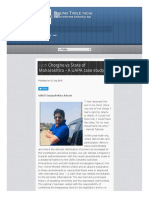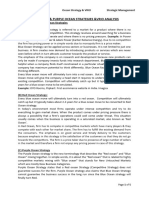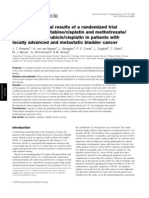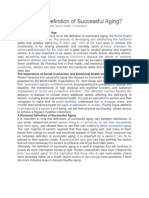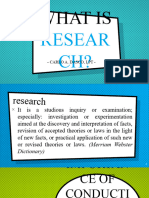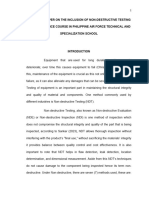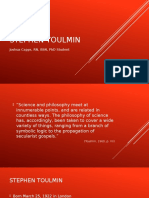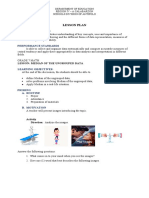100% found this document useful (1 vote)
1K views16 pagesGuide To Legal Research and Writing
The document provides guidance on legal research and writing. It discusses the importance of research for legal writing and outlines the steps in the legal research process. These include understanding the law, diving into specifics, finding other literature, identifying relevant cases, compiling research, and critical thinking. It also discusses the basics of legal writing and fundamentals like novelty of argument and structure.
Uploaded by
Aman SinghCopyright
© © All Rights Reserved
We take content rights seriously. If you suspect this is your content, claim it here.
Available Formats
Download as PDF, TXT or read online on Scribd
100% found this document useful (1 vote)
1K views16 pagesGuide To Legal Research and Writing
The document provides guidance on legal research and writing. It discusses the importance of research for legal writing and outlines the steps in the legal research process. These include understanding the law, diving into specifics, finding other literature, identifying relevant cases, compiling research, and critical thinking. It also discusses the basics of legal writing and fundamentals like novelty of argument and structure.
Uploaded by
Aman SinghCopyright
© © All Rights Reserved
We take content rights seriously. If you suspect this is your content, claim it here.
Available Formats
Download as PDF, TXT or read online on Scribd
/ 16
